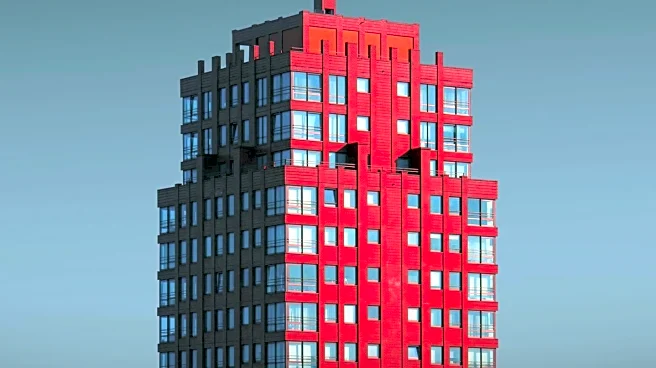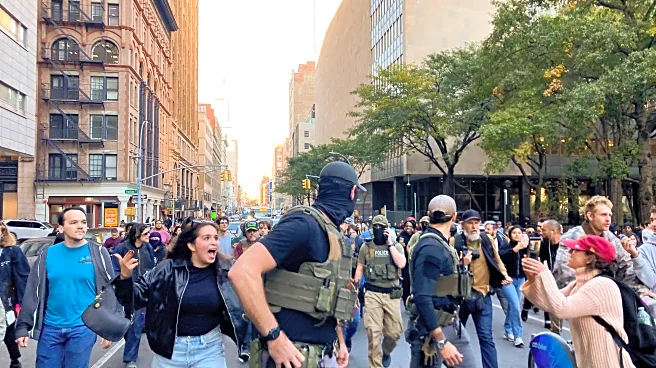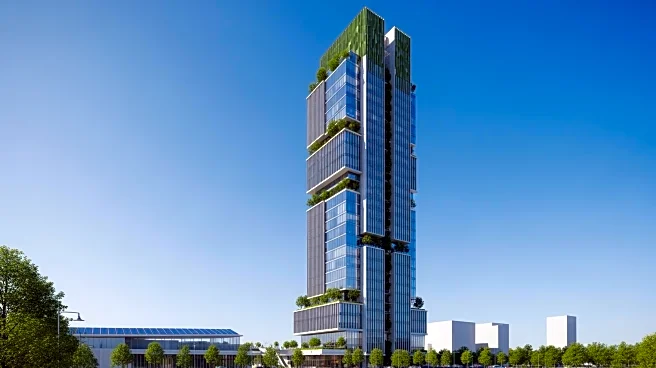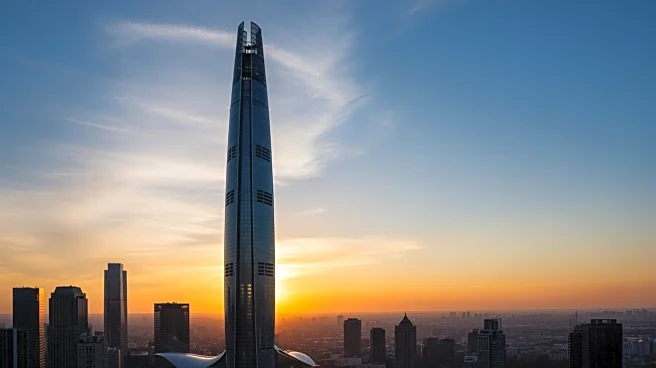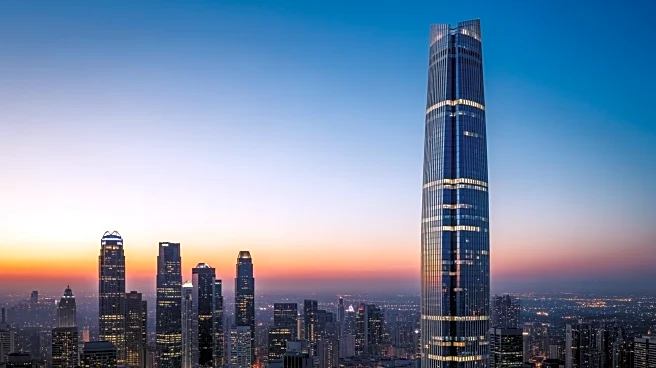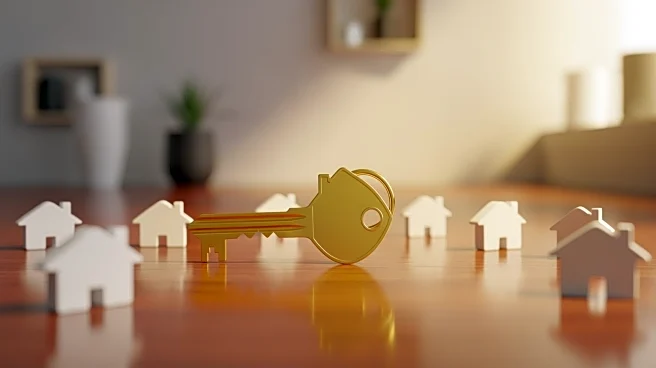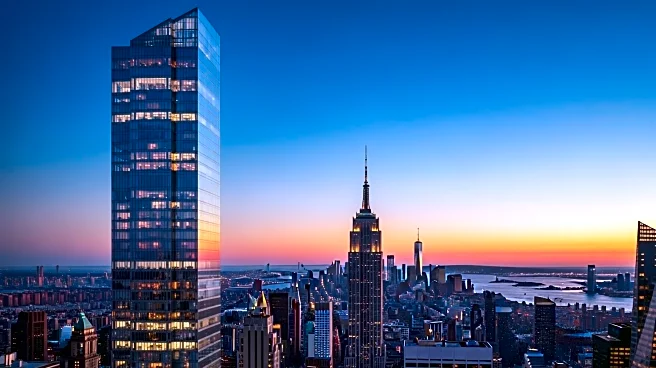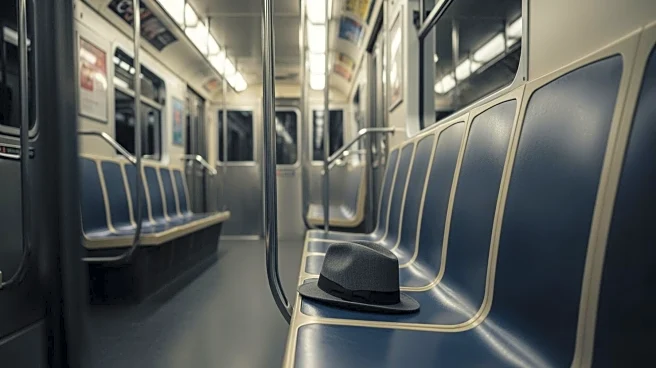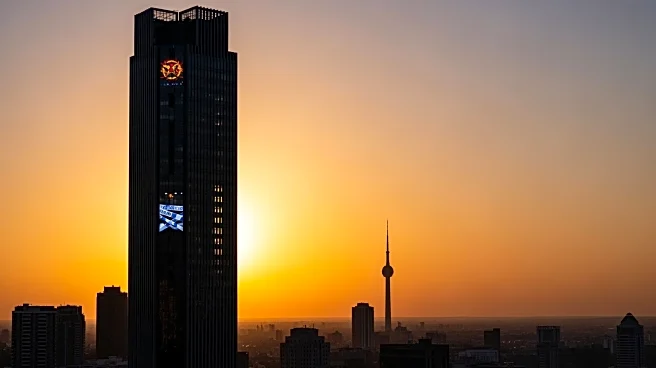What's Happening?
In New York City, a longstanding tradition persists where many buildings skip labeling the 13th floor due to superstitions surrounding the number. A study by StreetEasy in 2020 revealed that only 9% of residential buildings with more than 13 stories have
a floor officially labeled as the 13th. Instead, many buildings jump from the 12th to the 14th floor or use alternative labels like 12A or 'M' for mechanical. This practice is rooted in the belief that the number 13 is unlucky, a sentiment shared by many potential renters and buyers. Developers and landlords often avoid using the number to prevent any potential negative impact on property sales or rentals.
Why It's Important?
The avoidance of the 13th floor in buildings highlights the influence of cultural superstitions on real estate practices. This tradition can affect property values and rental decisions, as some buyers and renters may be deterred by the presence of a 13th floor. The practice also poses challenges for emergency responders and delivery services, who may face confusion due to the discrepancy between the actual and labeled floor numbers. Despite the growing cultural cynicism towards such superstitions, the fear of the number 13, known as triskaidekaphobia, continues to hold sway in the real estate market, influencing building designs and floor labeling.
What's Next?
While some buildings are beginning to embrace the 13th floor as a badge of honor, the majority still adhere to the tradition of skipping it. As cultural attitudes continue to evolve, there may be a gradual shift towards normalizing the 13th floor in new developments. However, given the deeply ingrained nature of this superstition, significant changes in labeling practices may take time. Developers and landlords will likely continue to weigh the potential financial implications of including a 13th floor against the cultural and superstitious beliefs of their clientele.
Beyond the Headlines
The practice of omitting the 13th floor is not just a quirk of New York City but reflects broader societal tendencies to avoid perceived bad luck. This phenomenon underscores the intersection of culture, superstition, and commerce, where even irrational beliefs can have tangible economic consequences. The persistence of this tradition also raises questions about how cultural beliefs are maintained and propagated in modern urban environments.
